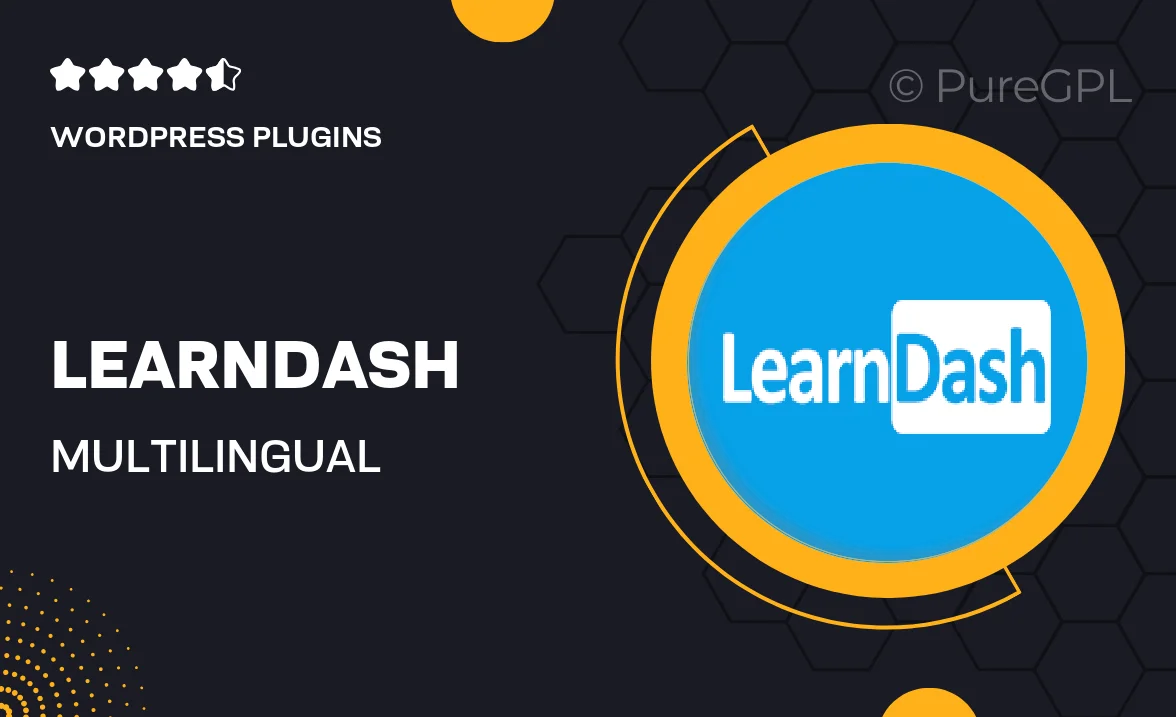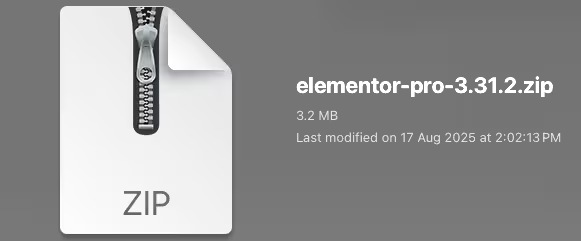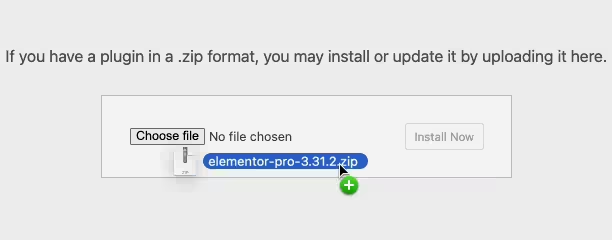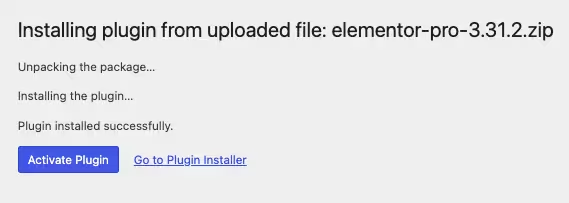Learndash | Multilingual Integration
Updated on: March 26, 2024
Version 1.0.0

Single Purchase
Buy this product once and own it forever.
Membership
Unlock everything on the site for one low price.
Product Overview
Unlock the full potential of your online courses with the LearnDash Multilingual Integration plugin. This powerful tool allows you to effortlessly create and manage multilingual courses, reaching a broader audience and enhancing the learning experience for users worldwide. With its seamless integration, you can translate course content, quizzes, and certificates, ensuring that language barriers don't hinder your learners' progress. Plus, the user-friendly interface makes it easy to set up and manage translations without any technical expertise. Whether you’re an educator, trainer, or institution, this plugin is designed to elevate your e-learning platform.
Key Features
- Easy translation management for all course content.
- Supports multiple languages to cater to a global audience.
- Compatible with popular translation plugins like WPML and Polylang.
- Translate quizzes and certificates for a complete learning experience.
- User-friendly interface for hassle-free setup and modifications.
- Enhance student engagement by offering courses in their preferred language.
- Regular updates to ensure compatibility with the latest LearnDash versions.
Installation & Usage Guide
What You'll Need
- After downloading from our website, first unzip the file. Inside, you may find extra items like templates or documentation. Make sure to use the correct plugin/theme file when installing.
Unzip the Plugin File
Find the plugin's .zip file on your computer. Right-click and extract its contents to a new folder.

Upload the Plugin Folder
Navigate to the wp-content/plugins folder on your website's side. Then, drag and drop the unzipped plugin folder from your computer into this directory.

Activate the Plugin
Finally, log in to your WordPress dashboard. Go to the Plugins menu. You should see your new plugin listed. Click Activate to finish the installation.

PureGPL ensures you have all the tools and support you need for seamless installations and updates!
For any installation or technical-related queries, Please contact via Live Chat or Support Ticket.